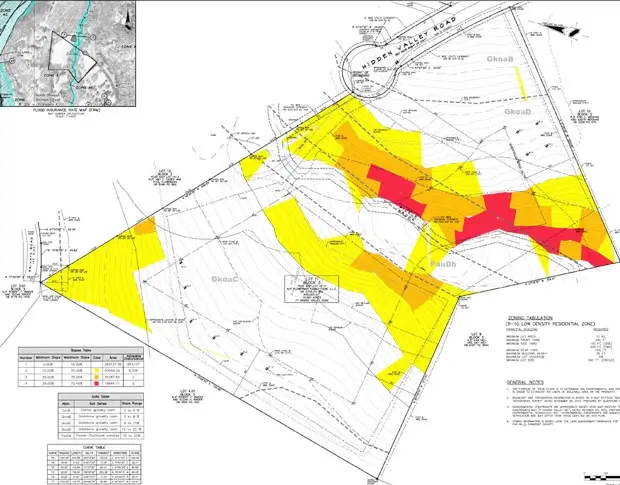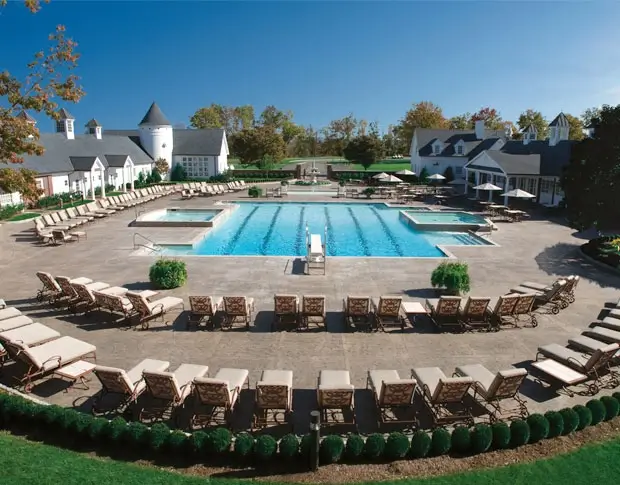Landscape Architecture & Land Planning
Conceptual Land Planning and Design
Conceptual land planning and design involve the initial stages of envisioning and shaping the layout and development of a specific land area. It includes the creation of a conceptual plan that outlines the arrangement of various land uses, infrastructure, and amenities based on the project's goals and objectives. The process considers factors such as land suitability, environmental considerations, zoning regulations, community needs, and market trends. Conceptual land planning and design aim to create a cohesive and efficient framework for future development, considering factors such as site functionality, aesthetics, sustainability, and the integration of natural features. This stage serves as a foundation for further detailed planning and design phases to transform the concept into a well-defined and implementable land development project.


Site Analysis and Feasibility Studies
Site analysis and land feasibility studies involve the comprehensive assessment and evaluation of a specific site or parcel of land to determine its suitability and potential for a proposed project or development. It includes gathering and analyzing relevant data on factors such as topography, soil conditions, environmental considerations, zoning regulations, access to utilities, market demand, and economic viability. The goal of site analysis and land feasibility studies is to provide valuable insights and information to decision-makers, enabling them to make informed judgments about the feasibility, viability, and potential challenges of a proposed development. This analysis helps in identifying opportunities, understanding constraints, and guiding the planning and design process to ensure successful and sustainable land utilization.
Equestrian Facility Design
Equestrian facility design involves the planning, design, and construction of specialized facilities and amenities for the housing, training, and care of horses. It includes the layout and design of barns, stables, riding arenas, turnout areas, trails, and support infrastructure specific to equestrian activities. The design process considers factors such as horse safety, functionality, efficiency of operations, aesthetics, and compliance with relevant regulations. Equestrian facility design aims to create a well-organized and comfortable environment that promotes the health, welfare, and performance of horses, as well as providing a pleasant and functional space for riders, trainers, and staff.


Corporate and Residential Landscape Design
Corporate and residential landscape design involves the planning, designing, and implementation of outdoor spaces for corporate and residential properties. It encompasses the careful selection and arrangement of plants, hardscape elements, and other design elements to create elegant, functional, and sustainable landscapes. The design process considers factors such as site analysis, client preferences, environmental conditions, and budgetary constraints to create outdoor environments that enhance the overall appearance, functionality, and value of the property. Corporate landscape design often focuses on creating professional and welcoming outdoor spaces for businesses, while residential landscape design emphasizes creating beautiful and livable outdoor areas for homeowners.
Park and Recreational Facility Design
Park and recreational facility design involves the planning, design, and creation of outdoor spaces and facilities that cater to recreational activities and public enjoyment. It encompasses the layout and design of parks, playgrounds, sports fields, trails, and other recreational amenities. The design process considers factors such as user needs, site analysis, safety regulations, accessibility, and environmental considerations. It aims to create well-designed and functional spaces that provide opportunities for physical activity, relaxation, social interaction, and appreciation of nature. Park and recreational facility design plays a crucial role in promoting community well-being, encouraging outdoor recreation, and enhancing the quality of life for residents and visitors.


Lighting Design
Site lighting design involves the planning, design, and implementation of lighting systems for outdoor spaces. It encompasses the strategic placement and selection of lighting fixtures to ensure adequate illumination, enhance safety and security, and create a desired ambiance within the site. Site lighting design considers factors such as the layout of the area, specific lighting requirements, energy efficiency, and aesthetic considerations. It aims to provide functional and visually appealing lighting solutions that meet the needs of the site, whether it is a commercial property, public space, or residential area.
